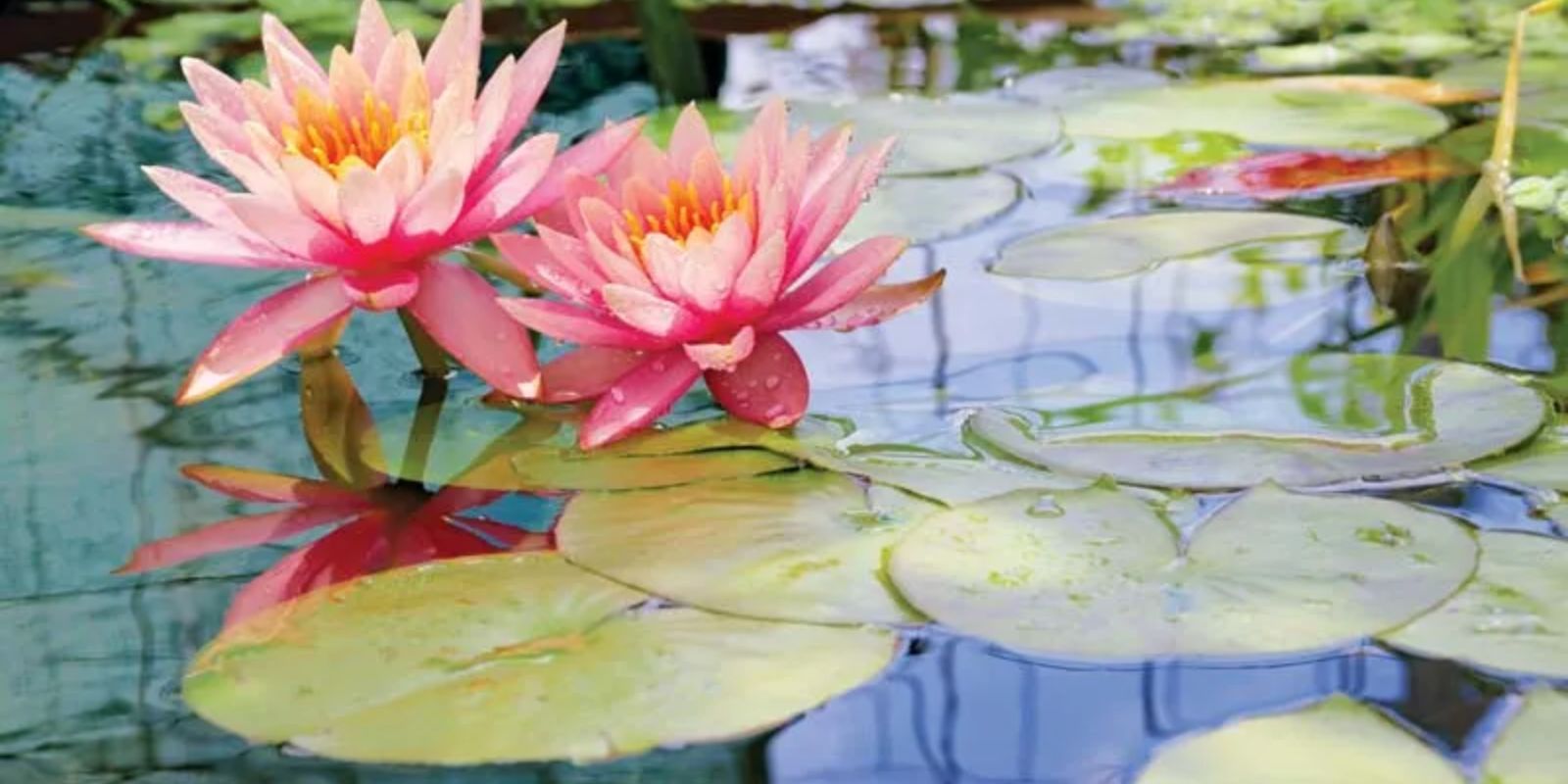Introduction
The lotus plant, celebrated for its breathtaking blooms and symbolic significance in various cultures, can transform any water garden into a serene sanctuary. Known for its striking flowers and broad, glossy leaves, the lotus is more than just a beautiful addition; it represents purity and rebirth. Proper care is essential to ensure that these magnificent plants not only survive but flourish in your garden. This comprehensive guide will walk you through the steps to successfully grow and maintain healthy lotus plants, ensuring they become the centerpiece of your aquatic paradise.
1. Selecting the Ideal Location
Sunlight Requirements
Lotus plants thrive in full sun, requiring at least 6 hours of direct sunlight daily. Choose a location where the plant will receive ample sunlight throughout the day. Inadequate sunlight can lead to poor growth and fewer blooms. A sunny pond or water feature is ideal, but ensure the location is protected from strong winds that might damage the plant.
Water Depth
The depth of the water is crucial for the lotus’s growth. The ideal depth for lotus plants is between 12 to 18 inches. This depth allows the plant’s roots to establish themselves while keeping the leaves and flowers above the water surface. Ensure that the water level is consistently maintained to provide stability and prevent stress on the plant.
2. Planting Your Lotus
Choosing a Container
Select a wide, shallow container or pond for planting your lotus. The container should be large enough to accommodate the expansive root system of the lotus. If you are planting in a pond, ensure that the area you choose has stable water levels and is free from strong currents that could dislodge the plant.
Preparing the Soil
Use heavy clay soil for planting, as it helps anchor the roots and retains essential nutrients. Avoid using potting soil or sandy soils, as they do not provide the necessary support and can lead to nutrient leaching. Fill the container with clay soil, leaving enough space at the top for water.
Planting Process
- Gently place the lotus tuber (the underground part of the plant) into the prepared soil.
- Cover the tuber with soil, ensuring that it is positioned just below the surface of the water.
- Fill the container with water until it reaches the desired depth. Avoid disturbing the soil or tuber during this process.
3. Maintaining Optimal Water Conditions
Water Level Management
Maintain a consistent water level to ensure the lotus roots remain submerged while keeping the leaves and flowers above the water. Fluctuating water levels can stress the plant and affect its growth. Regularly check and adjust the water level as needed.
Water Quality
Clean, fresh water is essential for the health of the lotus plant. Regularly change the water to prevent algae buildup and maintain clarity. Avoid using chlorinated tap water, as chlorine can harm the plant. Instead, use rainwater or dechlorinated water.
4. Fertilizing Your Lotus
Choosing Fertilizers
Use a specialized aquatic fertilizer or tablets designed for lotus plants. These fertilizers provide the necessary nutrients to support healthy growth and vibrant blooms. Avoid using general-purpose fertilizers, as they may contain chemicals that can harm aquatic life.
Fertilization Schedule
Fertilize the lotus during the growing season, typically from early spring to late summer. Follow the instructions on the fertilizer package for the correct dosage and application frequency. Over-fertilizing can lead to excessive algae growth and harm the plant.
5. Pruning and Maintenance
Leaf and Flower Care
Regularly remove dead or yellowing leaves and spent flowers to promote new growth and prevent disease. Pruning helps maintain the plant’s appearance and overall health. Use clean, sharp scissors or pruning shears to avoid damaging the plant.
Winter Care
In colder climates, protect your lotus plant during the winter months. If the plant is in a container, move it indoors to a cool, frost-free location. For pond-planted lotuses, provide insulation or cover to prevent the roots from freezing. In warmer climates, lotus plants can remain in the water year-round with minimal protection.
6. Common Issues and Solutions
Pests and Diseases
Monitor your lotus for common pests such as aphids and snails, which can damage the plant. If you notice any issues, treat the plant with appropriate organic or chemical remedies. Diseases such as root rot can be managed by ensuring proper water drainage and avoiding overwatering.
Growth Problems
If your lotus is not blooming or growing as expected, check for potential issues such as inadequate sunlight, incorrect water depth, or nutrient deficiencies. Adjust care practices as needed to address these problems and support healthy growth.
Conclusion
Caring for lotus plants involves a combination of choosing the right location, maintaining proper water conditions, and providing essential nutrients. By following these steps, you can ensure that your lotus plant thrives and becomes a stunning focal point in your water garden. Embrace the beauty and serenity of the lotus, and enjoy the vibrant blooms and lush foliage that will enhance your outdoor space.
Motivational Sentence
Transform your garden into a tranquil haven with the enchanting beauty of lotus plants—by following these care tips, you’ll cultivate a breathtaking aquatic display that brings elegance and serenity to your outdoor sanctuary.

